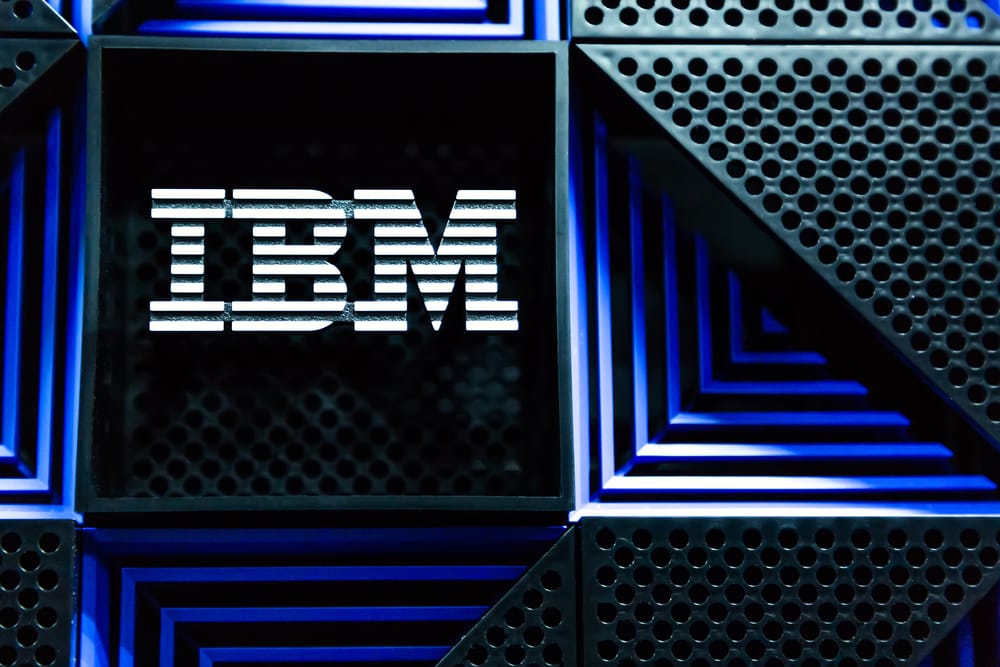Artificial intelligence (AI) has become the silent architect behind the most transformative changes across global industries. In the middle of this monumental shift stands International Business Machines (IBM), better known on Wall Street as “Big Blue.”
Once seen as a sleeping giant of legacy tech, IBM has orchestrated a comeback that is now showing up where it matters most — the stock chart. So far in 2025, shares have surged more than 28%, driven by a calculated pivot toward hybrid cloud and AI.
With its second-quarter 2025 earnings report slated for release on July 23, IBM stock hovers near a 52-week high of $296.16, underscoring strong market interest. For investors eyeing dependable tech exposure, the stock presents an attractive opportunity.
Headquartered in Armonk, New York, IBM is a global IT powerhouse now steering hard into hybrid cloud and AI. The company is executing a platform-led model, designed to deliver value through both advanced technology and deep-rooted business expertise. With a market capitalization of $263 billion, IBM operates across four segments: Software, Consulting, Infrastructure, and Financing, each reinforcing the firm’s broader transition.
In the past 52 weeks, shares have climbed 54%, but the momentum has grown especially strong in the past three months. IBM has notched a 17% gain over that period, surpassing the broader S&P 500 Index’s ($SPX) 16% return in the same timeframe.
IBM stock trades at 26 times forward adjusted earnings and 4.2 times sales, both above industry norms, a valuation premium backed by actual performance.
Remarkably, the company has raised dividends for more than 25 consecutive years, earning it a place on the Dividend Aristocrats list. The company rewards shareholders with a forward annual dividend of $6.69, yielding 2.36%. The most recent quarterly dividend of $1.68 was paid on June 10 to investors of record as of May 9.
On April 23, IBM reported its Q1 2025 results, and the figures delivered more than the market bargained for. Revenue marginally grew year-over-year (YOY) to $14.5 billion, edging past analyst expectations of $14.4 billion. The software division carried much of the weight, climbing 9% YOY. Within that, Automation surged 15%, Red Hat advanced 13%, Data rose 7%, and Transaction Processing ticked up 2%.







